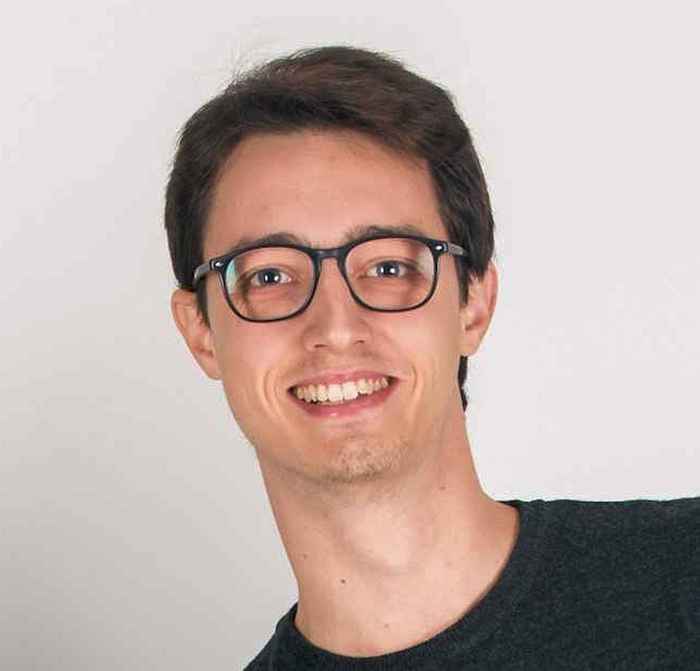Luca Capaldo receives Marie Curie Fellowship
For novel HAT-TRICK approach to sustainably functionalise C-H bonds
17 February 2021
The project is called HAT-TRICK since it revolves around Hydrogen Atom Transfer (HAT) in an approach that merges photocatalysis, electrochemistry and flow chemistry. This game-changing combination promises unrivalled atom efficiency, step-economy and sustainability since it allows synthetic chemists to directly functionalize C-H bonds without the need for activating groups in the molecule. Photocatalysis will activate the substrates, electrochemistry will enable the manipulation of these fleeting intermediates, while flow chemistry will provide the technological platform to run the chemistry. While the short-term goal is to address the synthetic challenge from a conceptual standpoint, the ultimate goal is to deliver a versatile and robust technology for net-oxidative C-H to C-C bond conversion.
Light-induced organoradicals in a flow-electrochemical reactor
On one side, Capaldo proposes to use photocatalyzed hydrogen atom transfer (p-HAT) as the substrate activation manifold. The excited state of the photocatalyst results in direct activation of the C-H bond, delivering an organoradical that can be exploited for synthetic purposes. On the other side, he applies electrochemistry as a unique way to remove extra electrons from the reaction mixture: an anode is in fact a recyclable, bottomless sink of electrons. This combined strategy will outperform those based on chemical oxidants as it allows absolute control on the applied potential. This is vital in the presence of the fleeting reactive intermediates that will be generated via p-HAT.
To complete his hattrick, Capaldo will apply flow chemistry. This enables reducing the interelectrode distance to micrometres, ensuring that radical intermediates are generated next to the anode to encourage the needed oxidation. Adding to this, flow chemistry's innate modularity enables the possibility of performing tandem reactions.

Luca Capaldo was born in Milan, Italy. He obtained his M.Sc. in Chemistry at the University of Pavia. After a visiting period in the Yoon Group at the University of Wisconsin–Madison, he received his Ph.D. in Chemical and Pharmaceutical Sciences in 2019 from the same university. His research interests include organic synthesis, photoredox catalysis and photocatalyzed Hydrogen Atom Transfer. After a 2-years postdoctoral fellowship in Pavia, Luca joined the Flow Chemistry Group at the UvA.
Follow Luca Capaldo on Twitter: @lucapaldo
Flow Chemistry Research group: www.noelresearchgroup.com